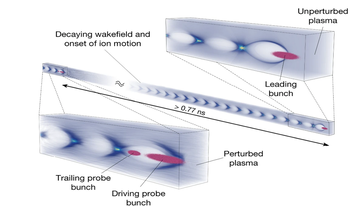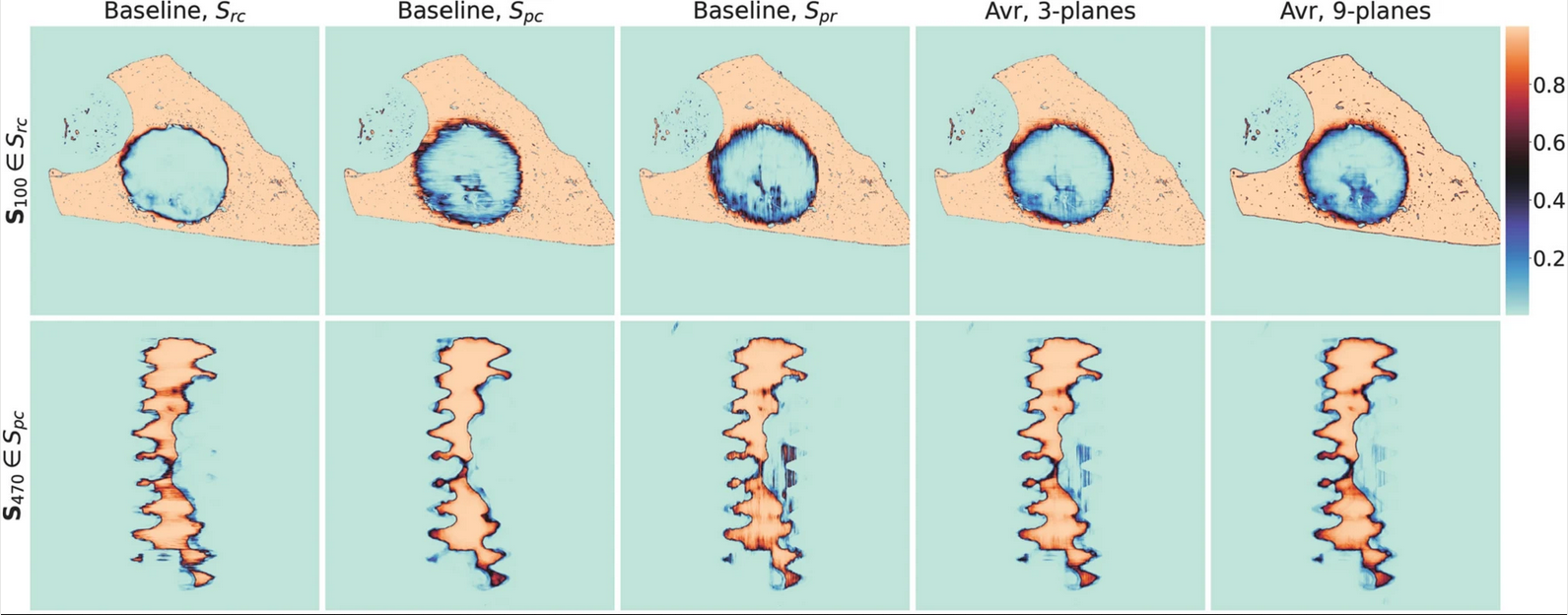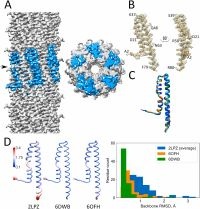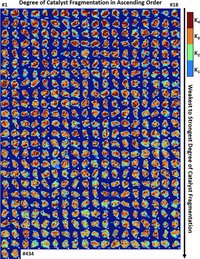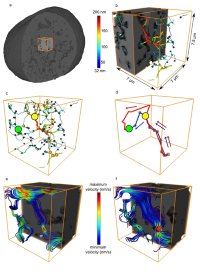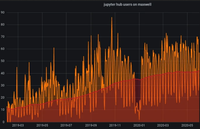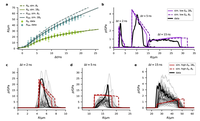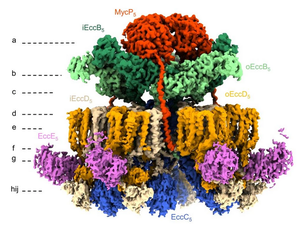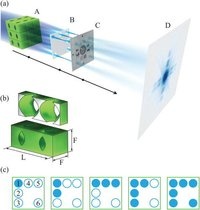Optical Funnel to Guide and Focus Virus Particles for X-Ray Diffractive Imaging
| Photophoretic forces are induced when light causes a net momentum exchange between a particle and a surrounding gas. Such forces have been shown to be a robust means for trapping and guiding particles in air over long distances. Here, we apply the concept of an optical funnel for the delivery of bioparticles to the focus of an x-ray free-electron laser (XFEL) for femtosecond x-ray diffractive imaging. We provide the experimental demonstration of transversely compressing a high-speed beam of aerosolized viruses via photophoretic forces in a low-pressure gas environment. Relative temperature gradients induced on the viruses by the laser are estimated via particle-velocimetry measurements. The results demonstrate the potential for an optical funnel to improve particle-delivery efficiency in XFEL imaging and spectroscopy. | 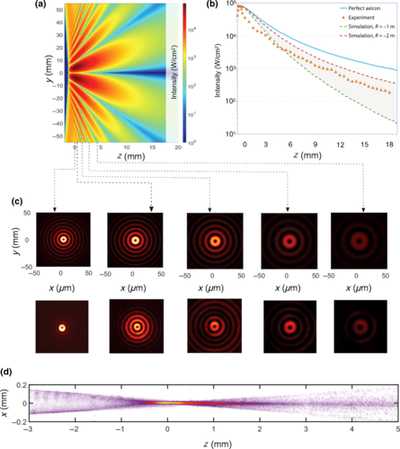 |
